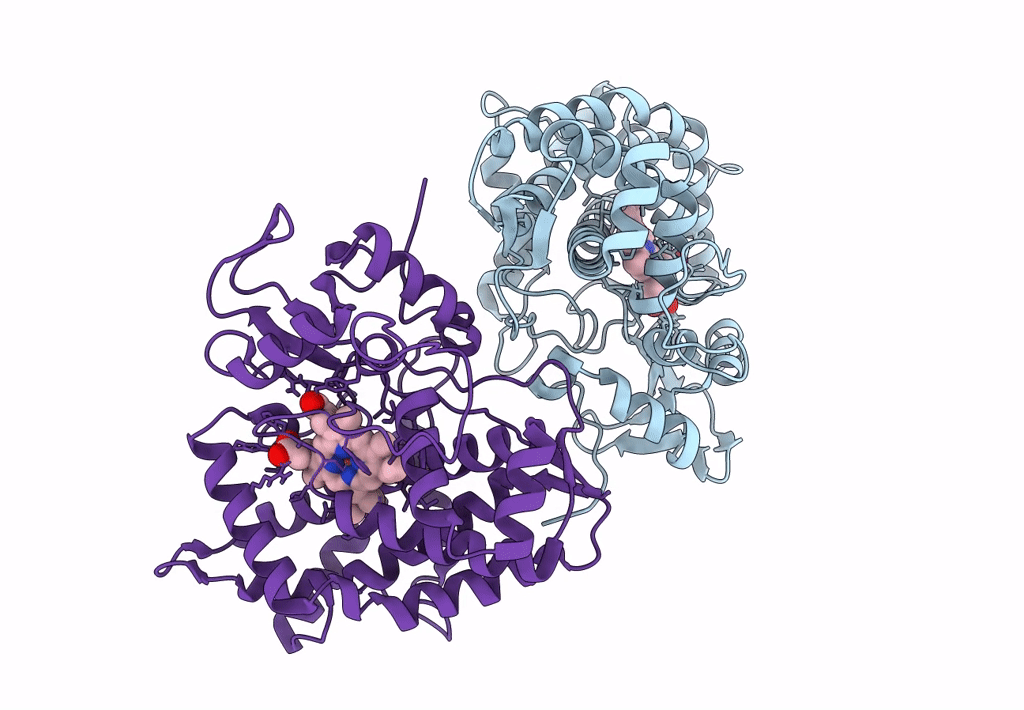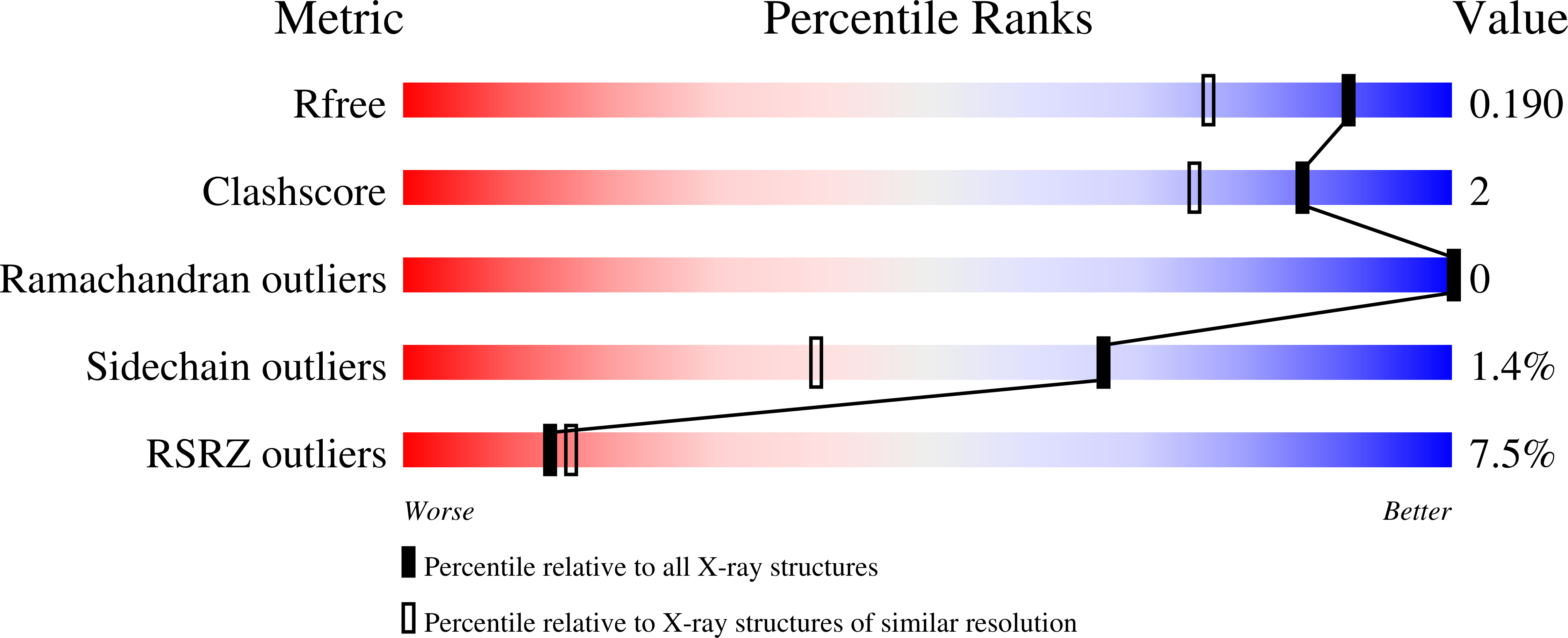
Deposition Date
2022-11-29
Release Date
2023-05-10
Last Version Date
2024-05-22
Method Details:
Experimental Method:
Resolution:
1.53 Å
R-Value Free:
0.19
R-Value Work:
0.16
R-Value Observed:
0.16
Space Group:
P 2 21 21


